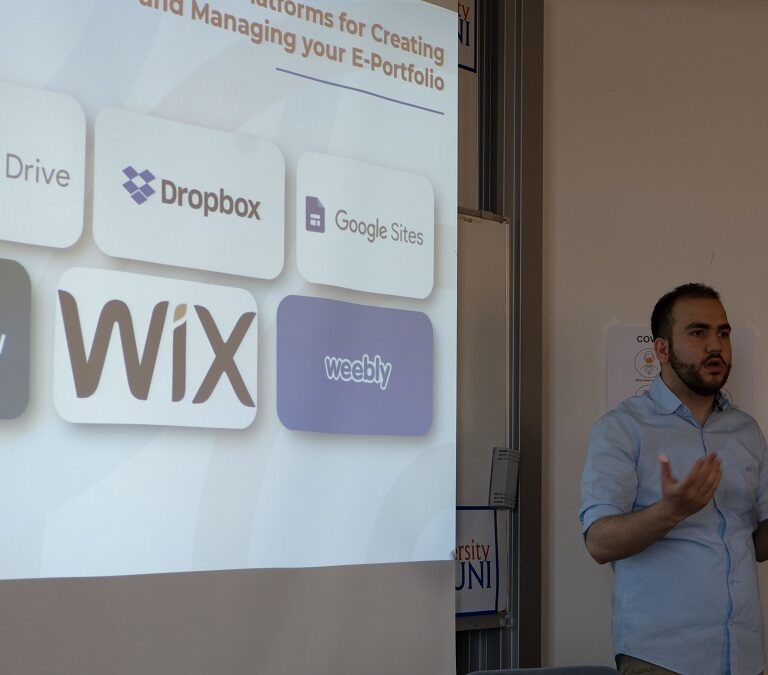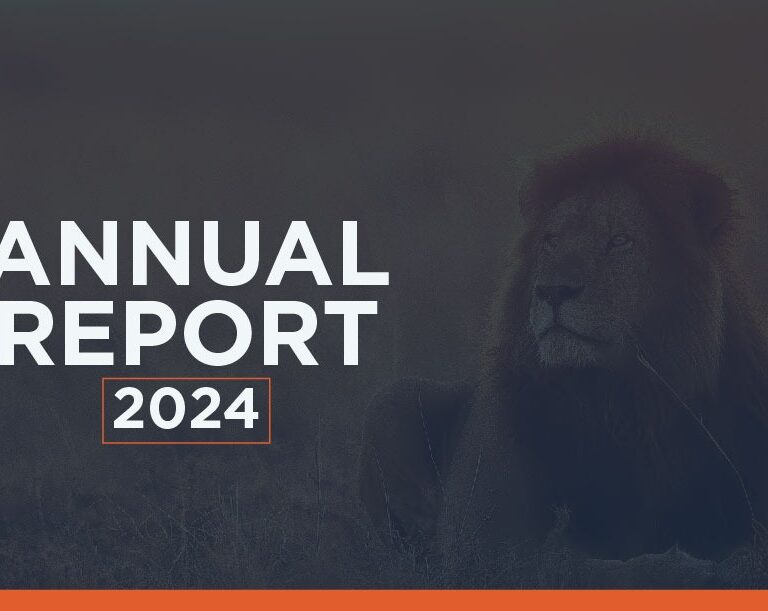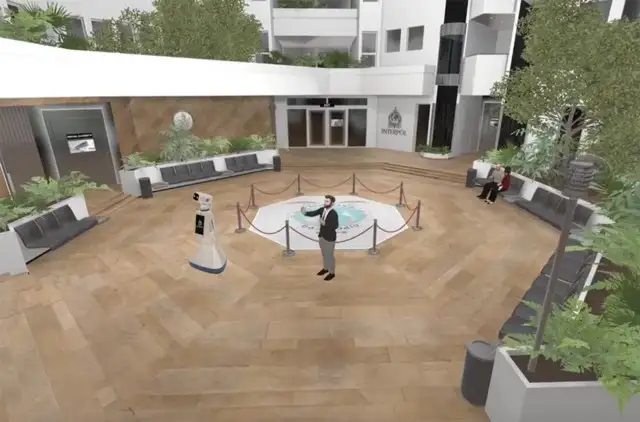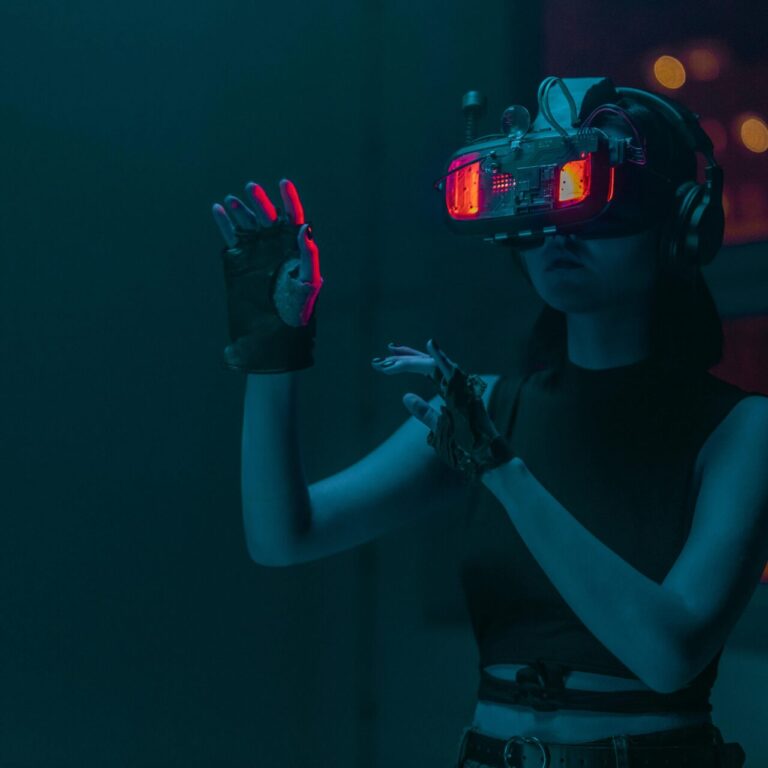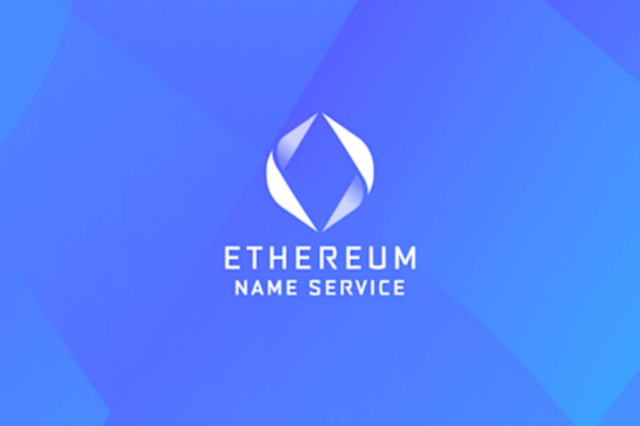Due to technological improvements, the landscape of education has undergone an enormous shift recently. The growing popularity of virtual reality (VR) in education is one of the most revolutionary developments. Virtual reality (VR) is no longer a niche concept in 2023; it is rapidly being integrated into conventional educational settings as well as online learning environments, changing how students learn and teachers transmit information.
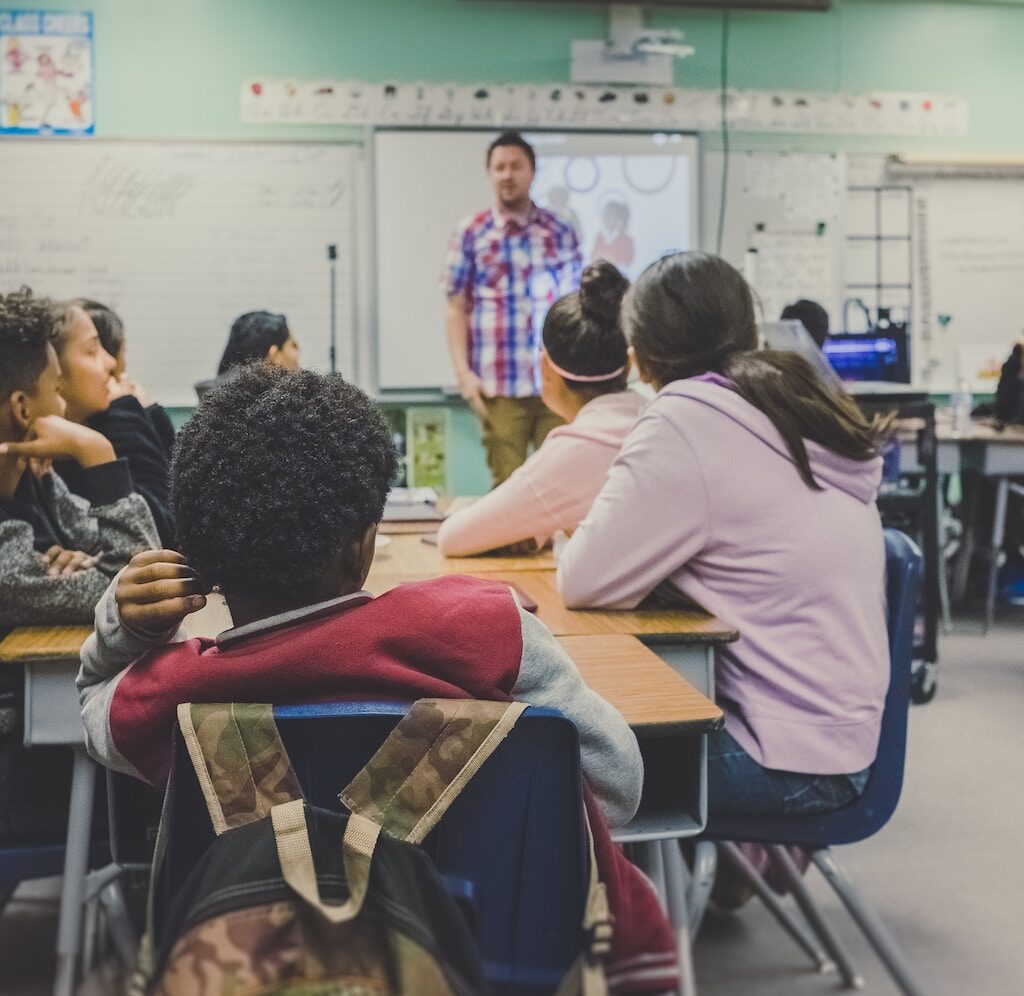
The Power of Immersive Learning
Traditional methods can’t compare to the immersive and unique learning experience that virtual reality offers. It allows students to explore things in ways they never have before by taking them to other periods, locations, and even made-up worlds. Because of this immersive learners are better able to remember information, making difficult subjects more approachable and interesting.
Bridging the Gap Between Theory and Practice
Virtual reality (VR) integration into the curriculum assists in crossing the gap between knowledge and real-world application. For instance, students studying science can investigate the human body at the cellular level, while those learning history might “visit” past civilizations. This practical method improves comprehension and fosters critical thought.
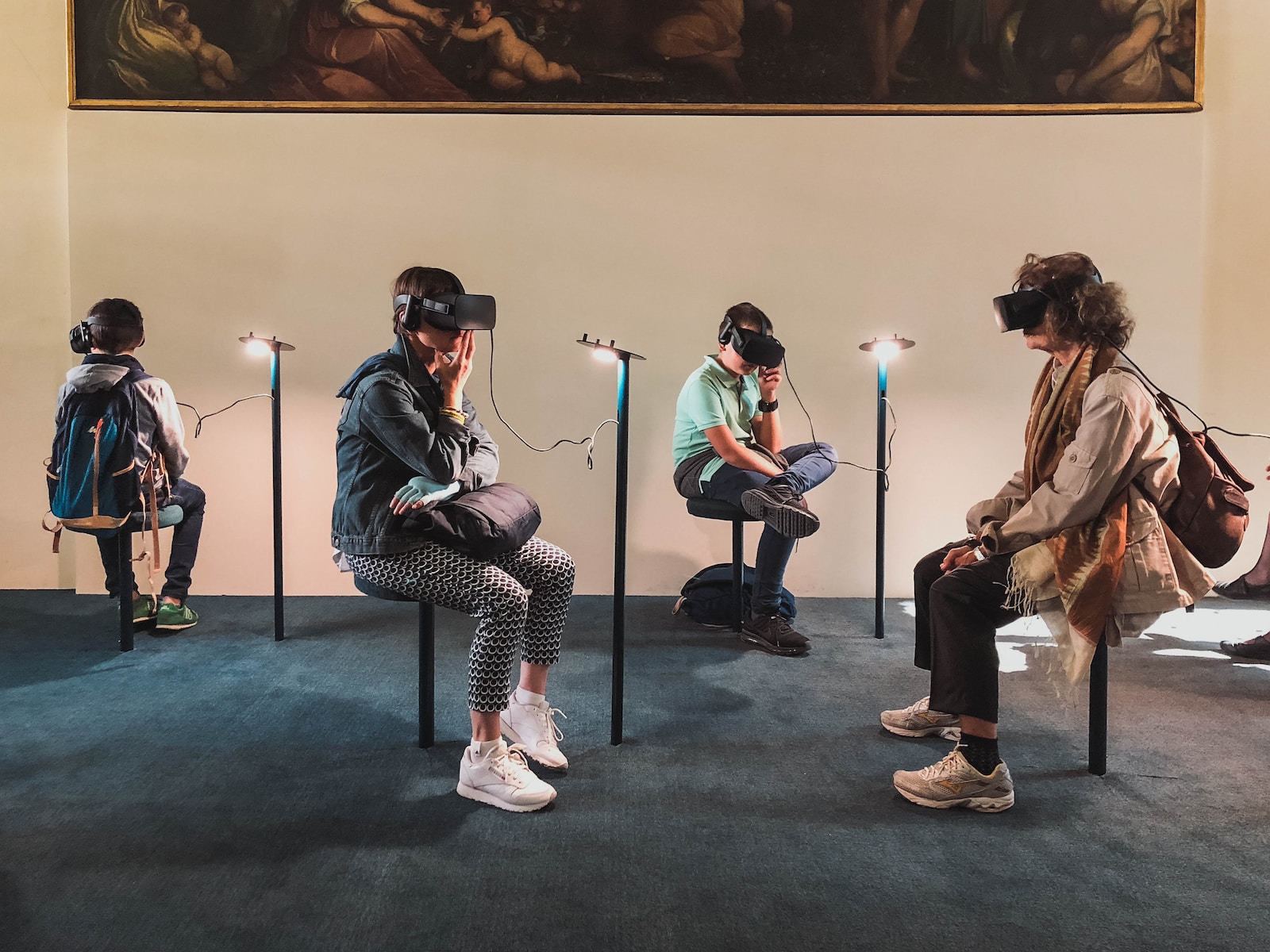
Accessibility and Inclusivity
VR in education also has the potential to improve accessibility in the classroom. Customizable VR experiences can be useful for students with different learning preferences, skill levels, and limitations. For instance, VR can offer other methods of knowledge presentation, facilitating effective learning for individuals with visual or aural impairments.
Virtual Field Trips
Traditional field trips have disadvantages, including those related to expense, logistics, and accessibility. By allowing kids to travel virtually anywhere in the world, virtual reality offers an answer. Students can learn important insights without leaving the classroom by seeing historical sites, the Great Wall of China, or the ocean’s depths.
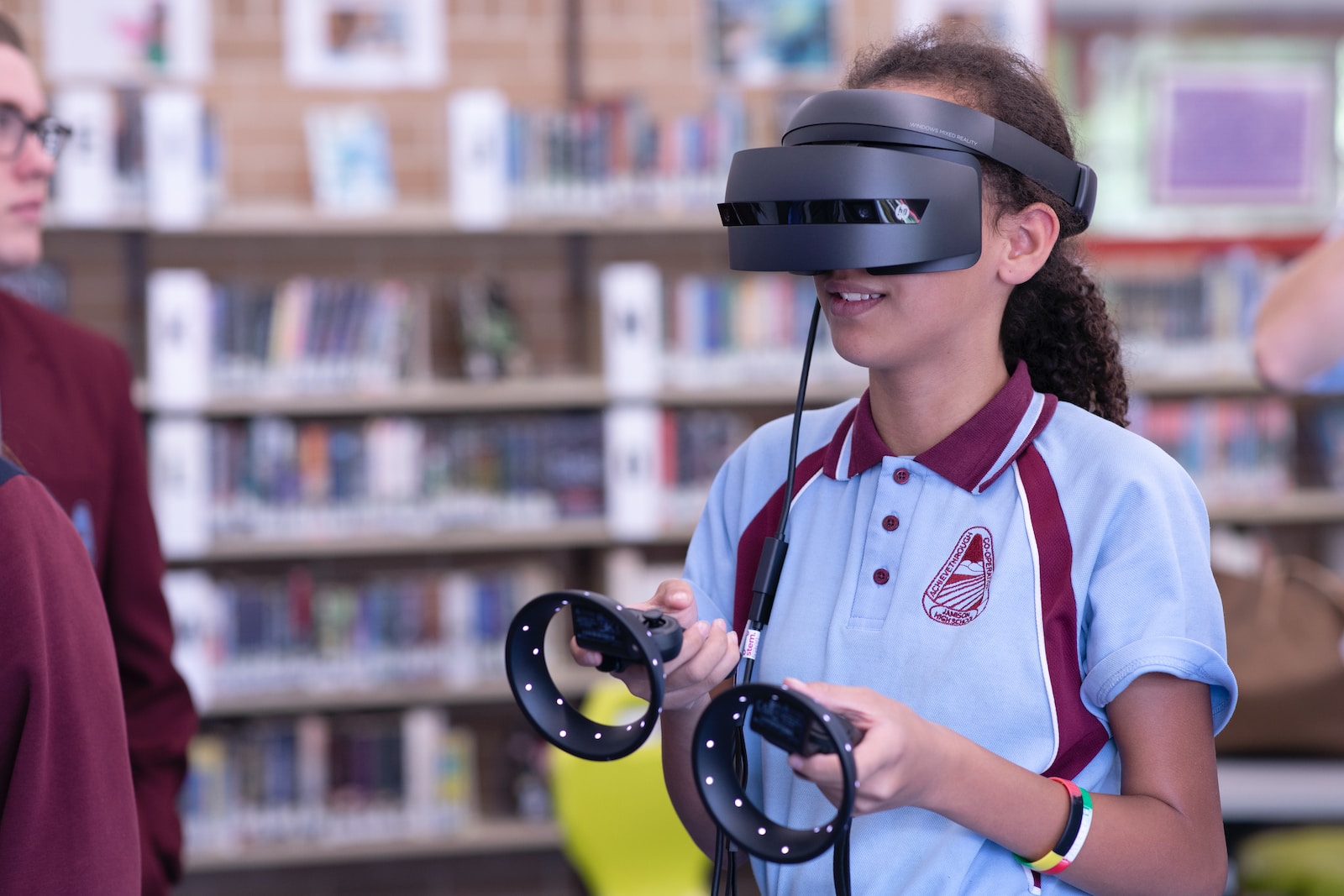
Collaborative Learning
Additionally, VR technology improves group learning activities. Global connections and understanding between cultures can be created by allowing students from other countries to study in the same virtual classroom. Also, working together in VR environments promotes the growth of essential soft skills like communication and problem-solving.
Overcoming Limitations
Despite the enormous potential for VR in education, there are still a number of issues that need to be resolved, including the high cost of VR equipment and content development. But as technology grows, costs are probably going to go down, making VR more affordable for colleges and universities of any kind.

The Future of Education
Virtual reality has the ability to significantly change learning throughout 2023 and beyond. Virtual reality (VR) technology is expected to become a standard tool in homes and classrooms as it becomes more accessible and widely used. Learning will be more interactive, interesting, and effective because of the use of VR in the classroom.
Virtual reality for learning is not a passing trend; it is a revolutionary tool with the potential to completely change how we educate people. Due to its ability to create immersive, inclusive, and engaging learning experiences, VR is helping schools to expand their learning opportunities. The need for a more advanced and immersive classroom continues as we head into 2023, and Virtual Reality is essential to this exciting shift.
